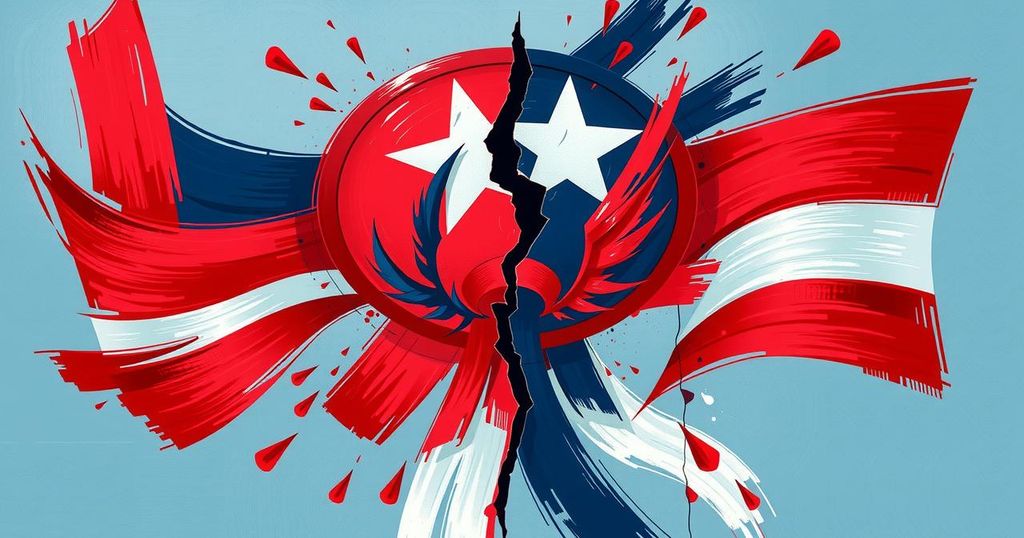Election Day in Ecuador on February 9 featured diverse weather conditions across regions, with varying voter turnout experiences. While some towns had minimal wait times, urban areas like Cuenca saw longer lines. High voter participation, a strong election oversight presence, and the importance of proof of voting reflect Ecuador’s commitment to democratic processes.
Election Day in Ecuador took place on Sunday, February 9, under varying weather conditions dependent on the region. The nation, similar in size to Colorado, features the Andes mountains, the Amazon rainforest, and its Pacific coast areas. Some voters experienced minimal delays, such as in Giron, which is 40 minutes from Cuenca, while others encountered longer lines in urban areas like Cuenca.
In Cuenca, voters reported a notable wait outside polling schools due to the high turnout. Inside the voting venues, the atmosphere was quiet, adhering to the electoral silence zone where campaigning and alcohol sales are prohibited. Vendors were present outside selling protective sleeves for the identification cards issued to voters, with costs varying by location.
The identification card serves a crucial role in legal transactions following voting. Failing to produce this document requires an explanation and a fine at electoral offices. Historically, around 80 percent of eligible voters participated in the last presidential election, with the current election seeing an impressive turnout of 83 percent.
In contrast, the United States presidential election of 2024 exhibited a significant non-participation rate, with approximately 36 percent of eligible voters refraining from voting without any financial penalties. In Ecuador, local police, military, and party representatives are involved in the voting process, ensuring security and transparency. Voters receive four sheets of paper to mark their selections, which are then placed into designated locked boxes.
After polls close at 5 p.m., election officials count ballots manually within each polling location. The results are subsequently recorded and transmitted electronically to central election headquarters. Approximately 943 international observers monitored the election process, marking a record presence. The total number of polling places nationwide reached 3,933, ensuring widespread accessibility for voters.
In conclusion, Election Day in Ecuador is marked by a high voter turnout, strict procedural oversight involving various stakeholders, and a tranquil atmosphere governed by electoral silence. The significance of proof of voting in legal matters reflects the critical nature of civic participation in Ecuador. Compared to other democracies, Ecuador’s election process features tangible consequences for non-voting, underscoring the importance placed on democratic engagement within the nation.
Original Source: peekskillherald.com




